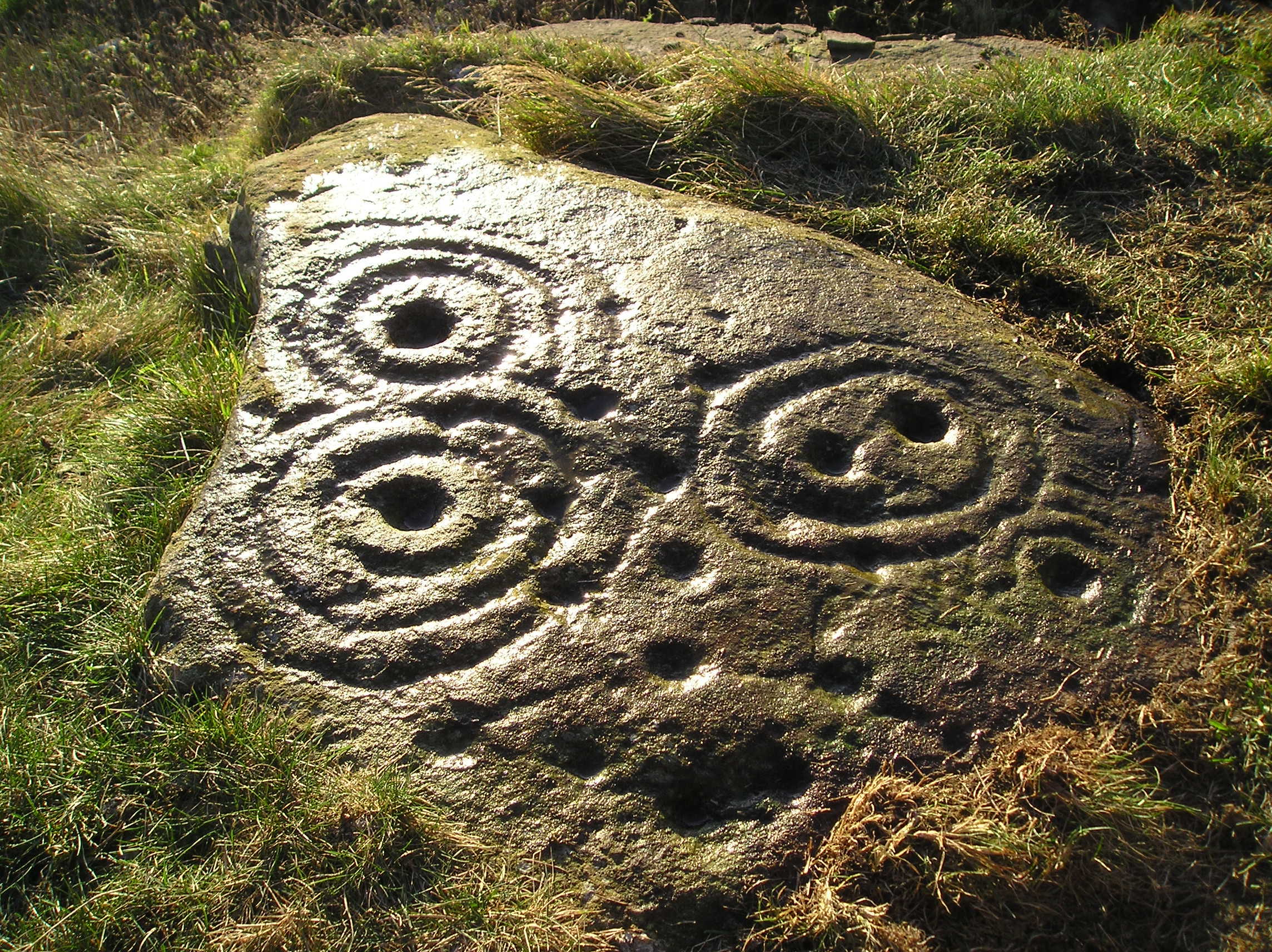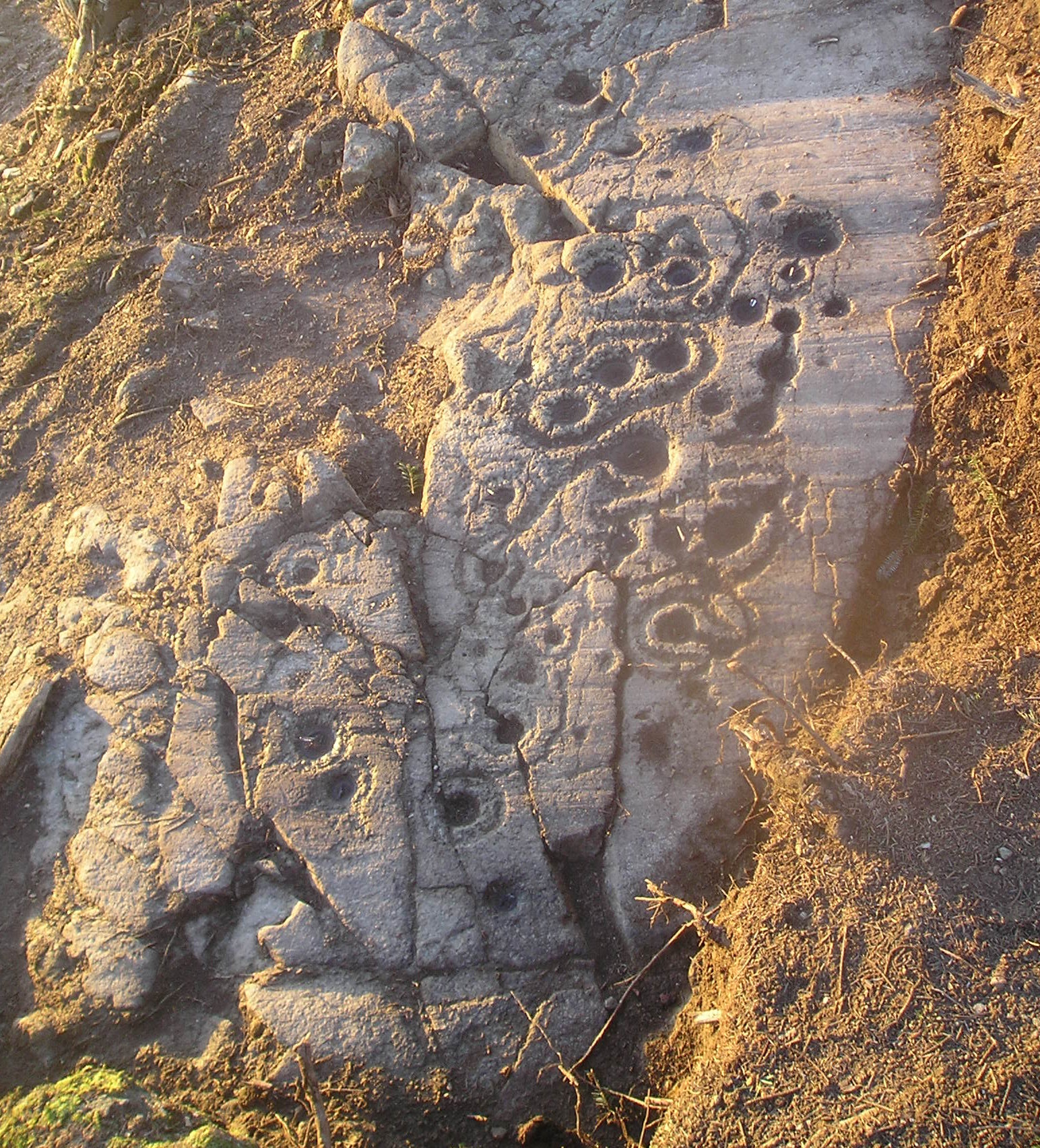He made his name as the lead guitarist of British doo-wop revival band Darts, but George Currie now spends his time trawling Scotland’s outdoors discovering Neolithic art.
The 66-year-old has discovered hundreds of Prehistoric rock carvings in Tayside and beyond in the last 12 years, and is about to embark on a nationwide project to catalogue the ancient artworks.
George explained: “I’d always been interested in archaeology and about 12 years ago I was looking for some recorded rock markings. On the route I came across a rock that had markings that I didn’t think had been recorded. When I got home I looked it up and realised it hadn’t been discovered previously. It was then I realised it was possible to discover these things.”
Since then, George, who wrote a top 20 hit for the band, has catalogued around 700 pieces of rock art.
The primitive carvings usually consist of inverted cones, circles or, in rare cases, spirals.
“You can tell they are prehistoric from the method in carving, for a start,” George said.
“They are carved by stone, and it has an entirely different look from when metals are used. It’s also incredibly worn because of its age.
“You can’t date rock, at least not in this country, so you have to determine it by association.”
An ambitious project is about to be launched with an aim of formally recognising all the discovered pieces of rock art in Scotland. Cutting edge technology will scan the discoveries, allowing them to be recreated as 3D virtual archives.
Rebecca Bailey, who led the grant application for the Historic Environment Scotland project, said: “We are absolutely delighted to have secured our first very substantial research grant from the Arts and Humanities Research Council.
“The project will be a co-production between our expert staff, academic partners and community groups, in keeping with our vision that the historic environment is understood, shared and enjoyed by everyone.
“We look forward to the teams getting out into the field, making new discoveries, generating new knowledge, and sharing that on an international stage.”











